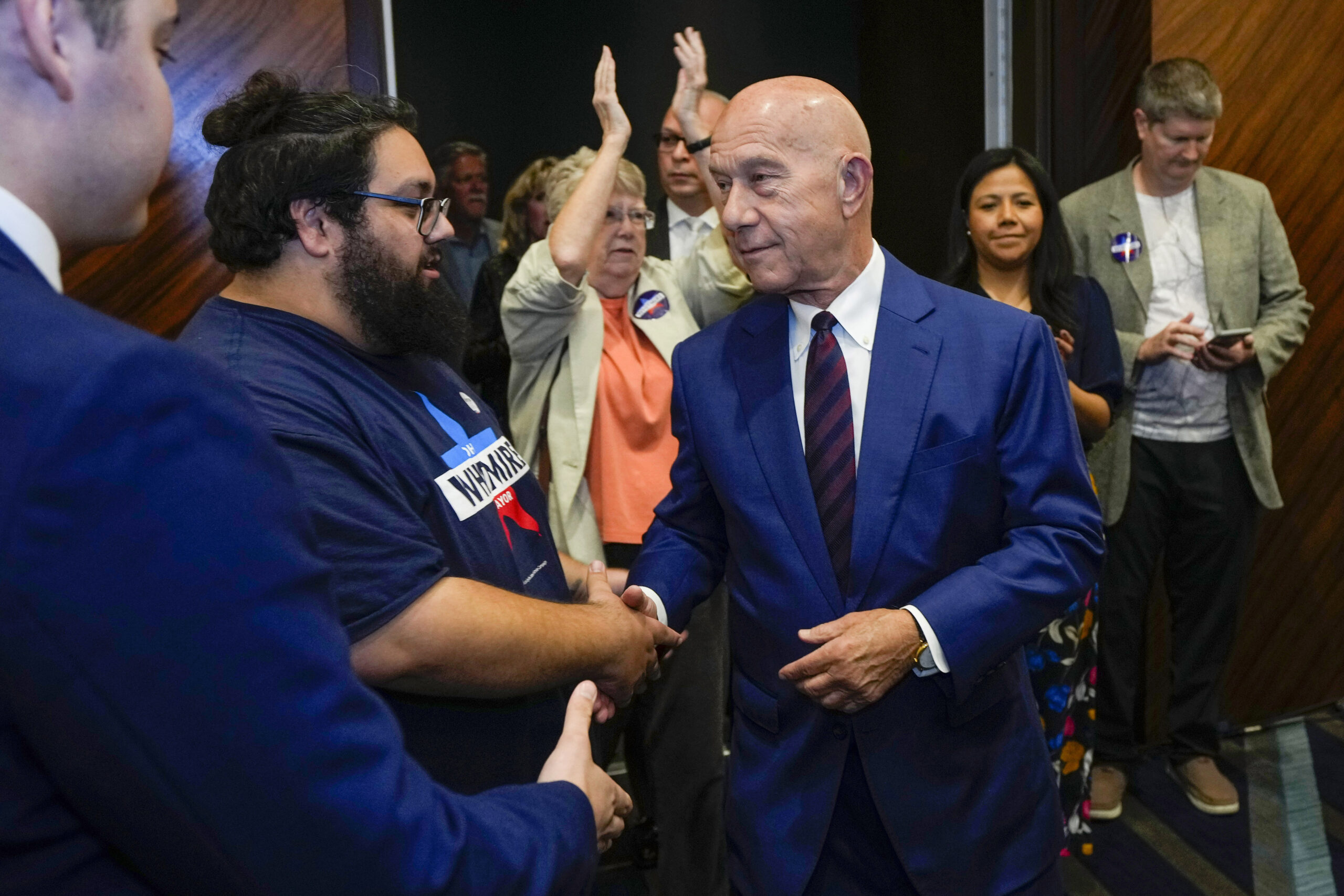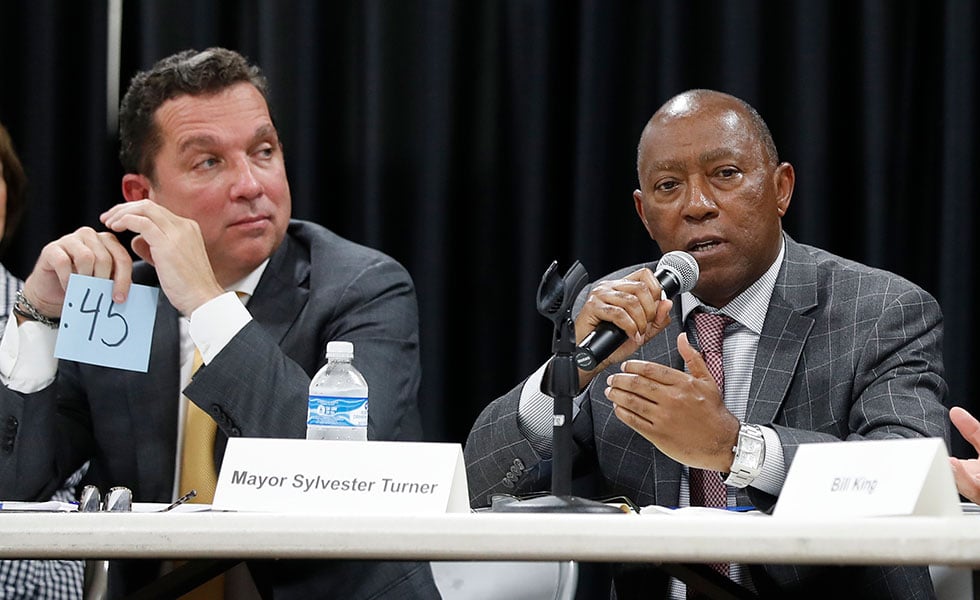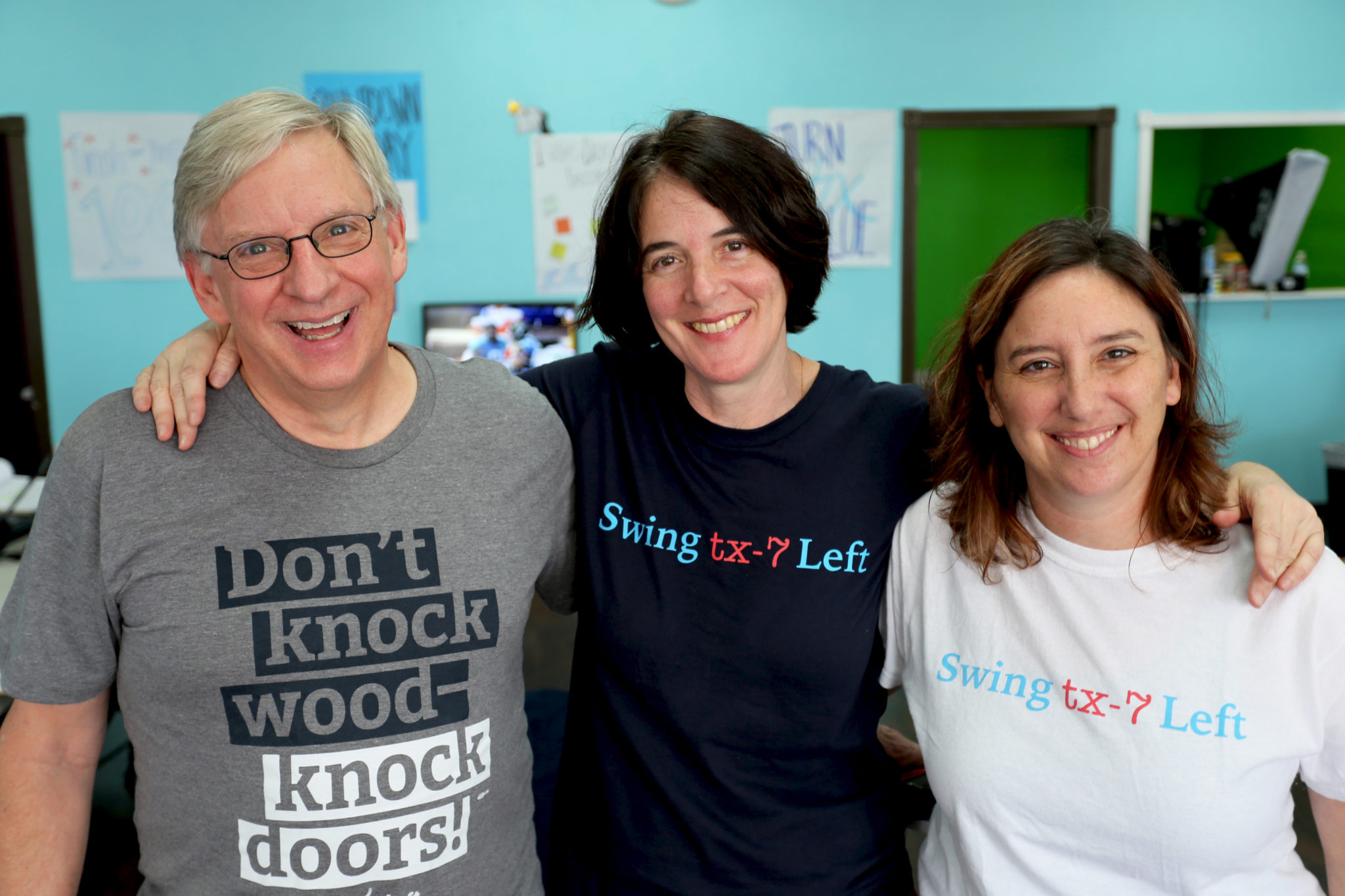
The Suburban Resistance Built a Grassroots Powerhouse — and it Could Decide the Most Competitive Race in Texas
Awakened by Trump, a group of Swing Left organizers in Houston have tried to break away from the constraints of traditional campaigns — and flip a seat held by Republicans for more than 50 years.
–
by Justin Miller
November 2, 2018
Almost two years ago, Rebecca Weisz Shukla didn’t want to get out of bed on November 9. Or November 10. On the 11th, she made a trip to Costco and couldn’t help but wonder whether each person she encountered had voted for Donald Trump. “I shouldn’t have been surprised [that Trump won], but I was,” Shukla said. She was depressed, she was angry and she didn’t know what to do.
Shukla, a 50-year-old mother of two college-aged kids who lives in the affluent enclave of West University Place, is emblematic of the Trump backlash, which has been animated in part by a suburban swell of newly activated, (mostly) white, (mostly) well-off women. A few months after the election, she heard about Swing Left, one of many progressive groups that formed in the wake of Trump’s election. Swing Left was laser-focused on mobilizing volunteers to win the bounty of GOP-controlled congressional districts that voted for Clinton.
Little did she know, Shukla lived in the heart of a district that saw one of the most dramatic swings toward Clinton in the entire country. In 2012, Mitt Romney won the 7th Congressional District, in suburban west Houston by more than 20 percent. But in 2016, Clinton narrowly won the district.
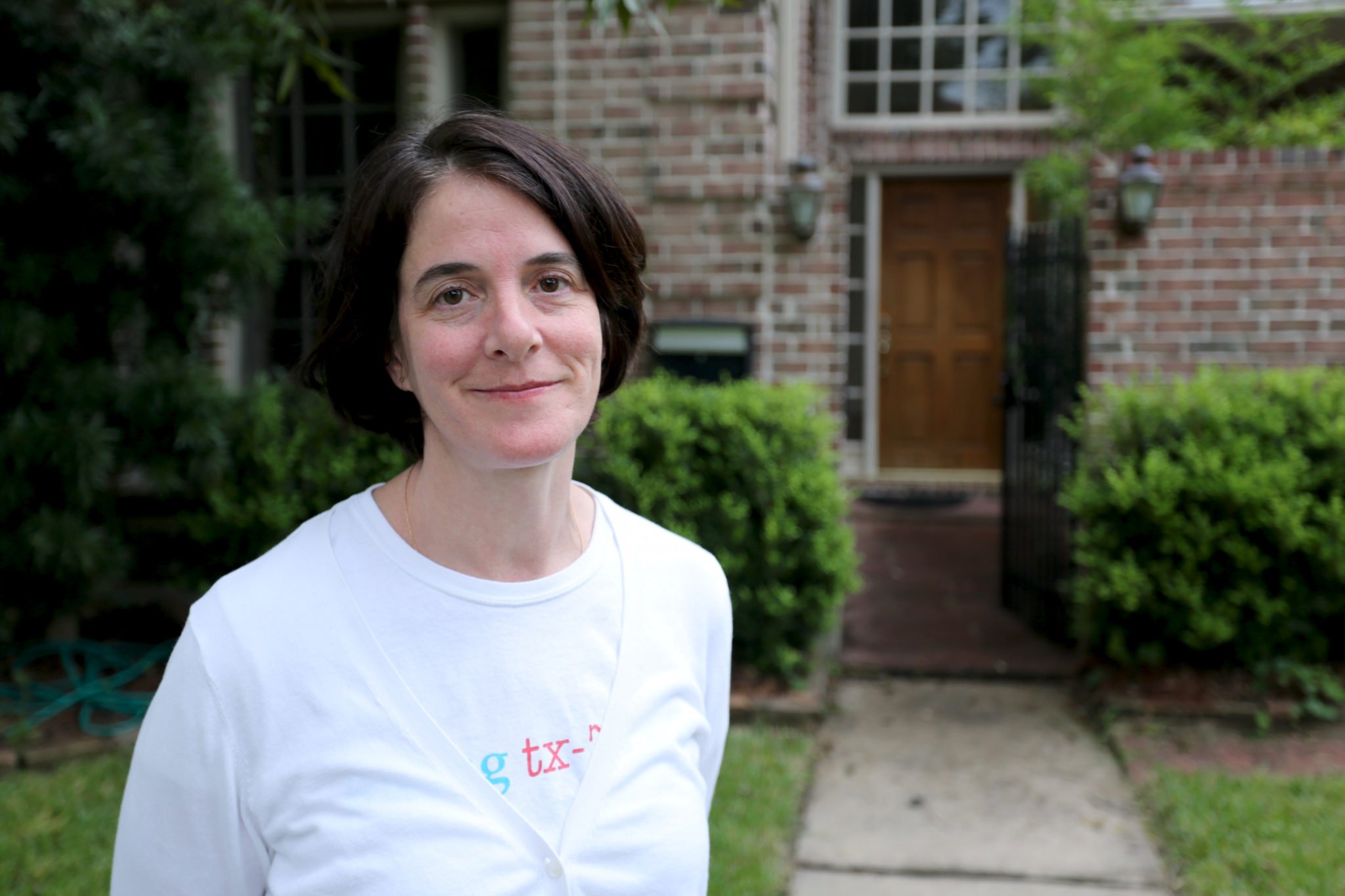
Now, the race between incumbent Republican John Culberson and Democrat Lizzie Pannill Fletcher, a Houston corporate lawyer, has become one of the closest and most expensive House battles in the country.
Fletcher’s campaign has hewed closely to the traditional DCCC model: spend a ton of money on TV and mailers and run to the middle with an emphasis on flipping highly educated, moderate Republican and independent voters who live in the wealthier, high-turnout pockets of the district.
But glossy mailers and slick TV spots do not a blue wave make. If Fletcher is able to oust a nearly 20-year incumbent in a district that’s been Republican since George H.W. Bush held it in the 1960s, it will be in large part due to the work of volunteers behind Swing TX-7 Left. The group is fueled by tireless leaders like Shukla, Jane Lesnick, a 44-year-old full-time parent of two young kids, and Jay Taylor, a retired attorney who said he has found far more fulfillment through his new foray into political organizing than he ever did during his career in debt collection.
“I’ve never seen anything like it in this district. This is new. I’m just in awe of it.”
With little experience, these activists have built from scratch a grassroots powerhouse in a place that has never really had that before. Over the past 18 months, they’ve recruited dozens of volunteers, helped register thousands of voters, organized local precincts and hit tens of thousands of doors. In short order, they’ve made themselves the Democratic backbone of the district.
“I frankly do not know if we would be on the verge of a win without Swing Left,” said Art Pronin, a party activist from the Meyerland area. “I’ve never seen anything like it in this district. This is new. I’m just in awe of it.”
As the group has evolved, they’ve honed their organizing skills. While their top priority has always been ousting Culberson, they’ve tried along the way to transform the way that congressional campaigns are run, pushing back against the short-term, consultant-driven tunnel vision that candidates like Fletcher hew toward by experimenting with new tactics — all while emphasizing the need to build something that will last beyond the current cycle.
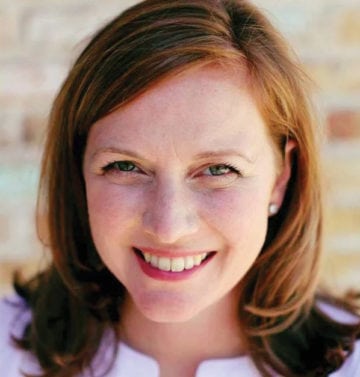
“I can’t contribute $500,000 to Lizzie’s campaign. All I can do is contribute my time and whatever expertise I can work up that she otherwise would have to buy,” said Taylor, who developed a reputation as a precinct organizing whiz after he almost single-handedly canvassed his entire neighborhood and sparked a huge uptick in turnout in the primary. Even still, “a lot of campaign people would prefer to just buy that,” Taylor said.
Swing TX-7 Left and the Fletcher campaign haven’t always seen eye to eye. In the era of Trump, the surge of grassroots energy filling into eager new organizations has coincided and collided with one of the most high-stakes election cycles for Democrats in modern political history.
The story of Swing TX-7 Left is in many ways about what happens when the burgeoning grassroots resistance finds its footing, only to collide with the Democratic Party’s standard operating procedure.
Ultimately, it raises an important question for the future: Will the establishment embrace the ideas and energy emerging from this new brand of activism or will they try to shoehorn the grassroots into their traditional mold?
–
In March 2017, Shukla hosted a Swing Left launch party, one of several in the district. She only had about 25 Facebook friends, mostly just family, and didn’t really use the social platform. So one of the attendees helped her set up a Facebook group called Swing TX-7 Left. Eventually the various factions around the district consolidated into one group and they started hosting parties with the Democratic candidates running in the primary. They even got Beto O’Rourke to come.
A core volunteer group formed and they began learning how to canvass in their own neighborhoods. After a tense runoff in which Fletcher beat Laura Moser, a progressive candidate many of the volunteers supported, the group went to work and quickly became the premier place to volunteer in the district, arguably eclipsing the Fletcher campaign.
“Ultimately, we have the same goal. While everyone may not agree how we get there, we’ve been able to find common ground.”
In 2016, Culberson won by 30,000 votes (about 12 percentage points). And Shukla isn’t convinced that Republicans who live in her comfortable neck of the woods are going to turn on Culberson purely as reaction to Trump. “They’re entitled and they’re untouched by [the Trump administration].” And if the path for a Fletcher win hinges on that, “we’re shit out of luck,” Shukla said.
That’s why the group made it their mission to expand the district’s Democratic electorate. Over the summer, Swing TX-7 Left pivoted from the confines of their affluent bubbles and started trying to identify and register new voters in the northwest part of the district — places outside Houston’s inner Loop 610, like Cypress and north Katy — that were more diverse and Democratic-leaning.
They identified “Hot Precincts” to canvass in the area by scanning Google Maps for streets with no trees or lots of cars in the driveway. That’s usually a sign that it’s a new neighborhood with lots of potential voters who’ve never been talked to before.
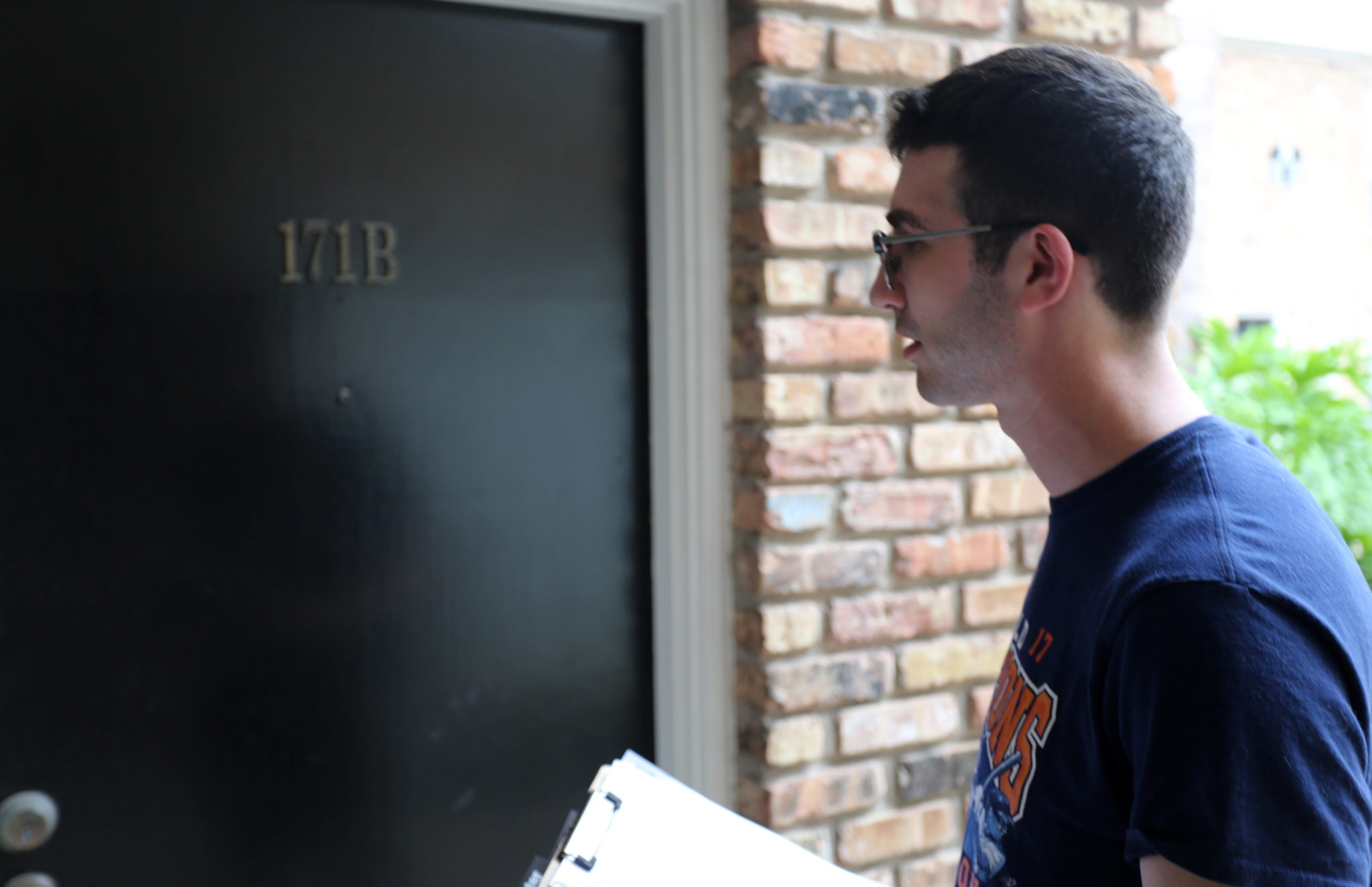
The group also made canvassing in apartment complexes a top priority. Twenty percent of the Harris County population live in apartments and they tend to be overwhelmingly Democratic — but many don’t vote. Campaigns generally avoid investing field resources into apartments because residents often move and it’s hard to keep tabs on who you’re trying to reach.
Swing TX-7 Left decided to change that and in August launched an canvassing initiative in which they left about 35,000 door hangers with voter registration forms at apartments around the district. There was a more than 5 percent registration uptick in those areas, volunteers said.
–
Swing TX-7 Left’s innovation has not been borne out of some innate political genius. Rather, it’s due to sheer determination and a dose of idealistic ignorance. Many of the volunteers had no idea who John Culberson was in October of 2016 and didn’t know the first thing about block walking or voter registration. In short, they didn’t know what they didn’t know — and that has been both their greatest strength and weakness. It’s a whole lot easier to break all the rules if you don’t know what the rules are in the first place. Despite their success, the learning curve has been steep, and they’ll be the first to admit it.
As the campaign moved into the final stretch, Swing TX-7 Left got more sophisticated. Jane Lesnick, who had a bit of experience as an Obama field organizer in 2008, came up with a plan to create a series of volunteer teams to serve as organizing hubs around the district. The plan was based on Obama’s “snowflake” organizing model and echoed the field program that Moser’s campaign had set up. Lesnick got it off the ground and after a few weeks, it looked to be working.
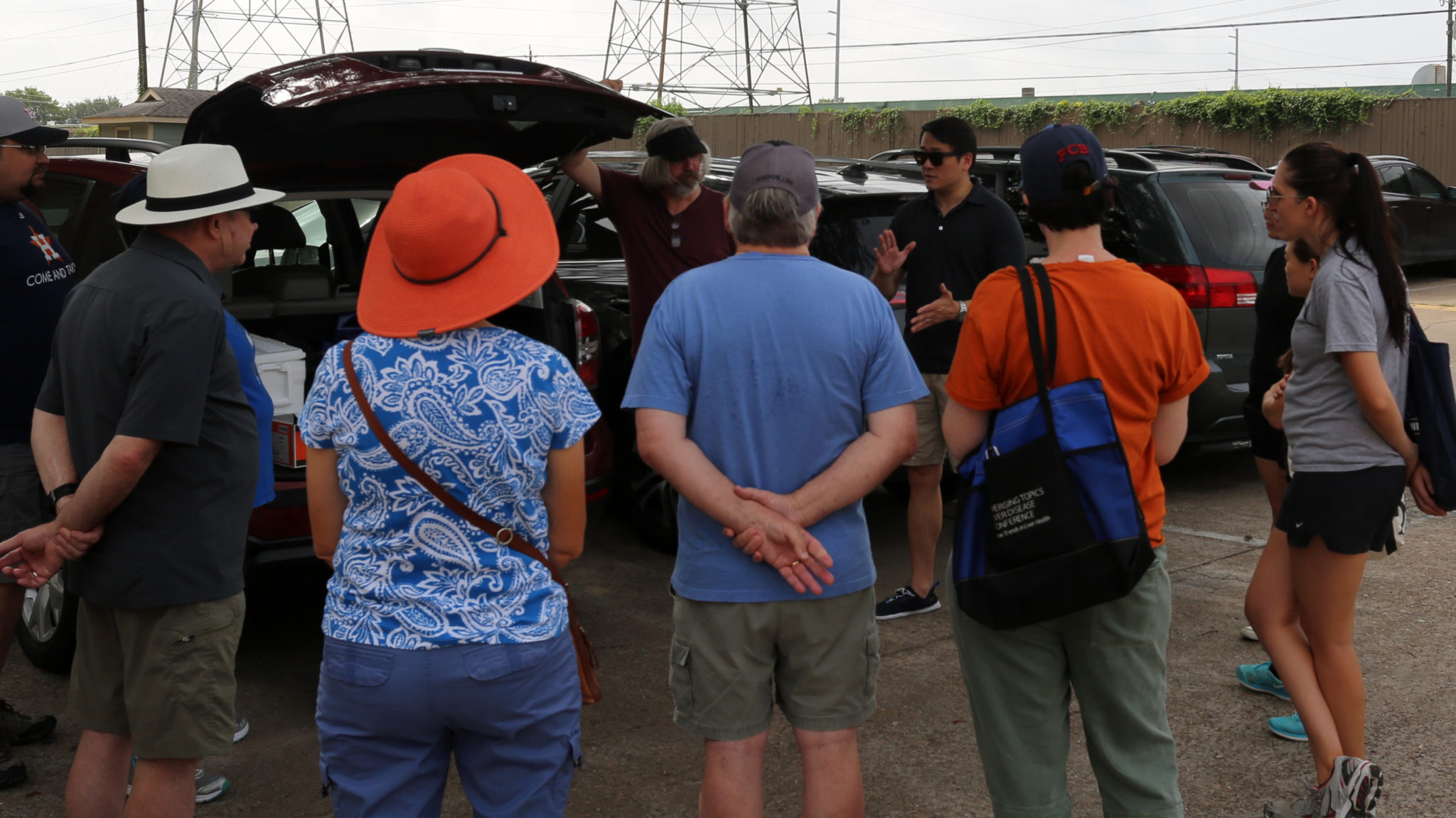
Then they started getting pressured by both the Swing Left national organization and the Fletcher campaign to shut the snowflake down and fall in line with Fletcher’s GOTV strategy.
Jay Taylor, the retired attorney now with Swing TX-7 Left, had seen that coming. A local DCCC organizer had warned that when it came time to get out the vote, “you tuck in your wings and fold in as close to the campaign as possible.” But that doesn’t mean it was easy.
“It goes against grain of how we’re set up. We’re more partisan guerilla fighters,” Taylor explained, comparing Swing Left volunteers to the French resistance fighters who fought alongside Allied troops in World War II — they have the same goal and fight together, but have different tactics that don’t always mesh.
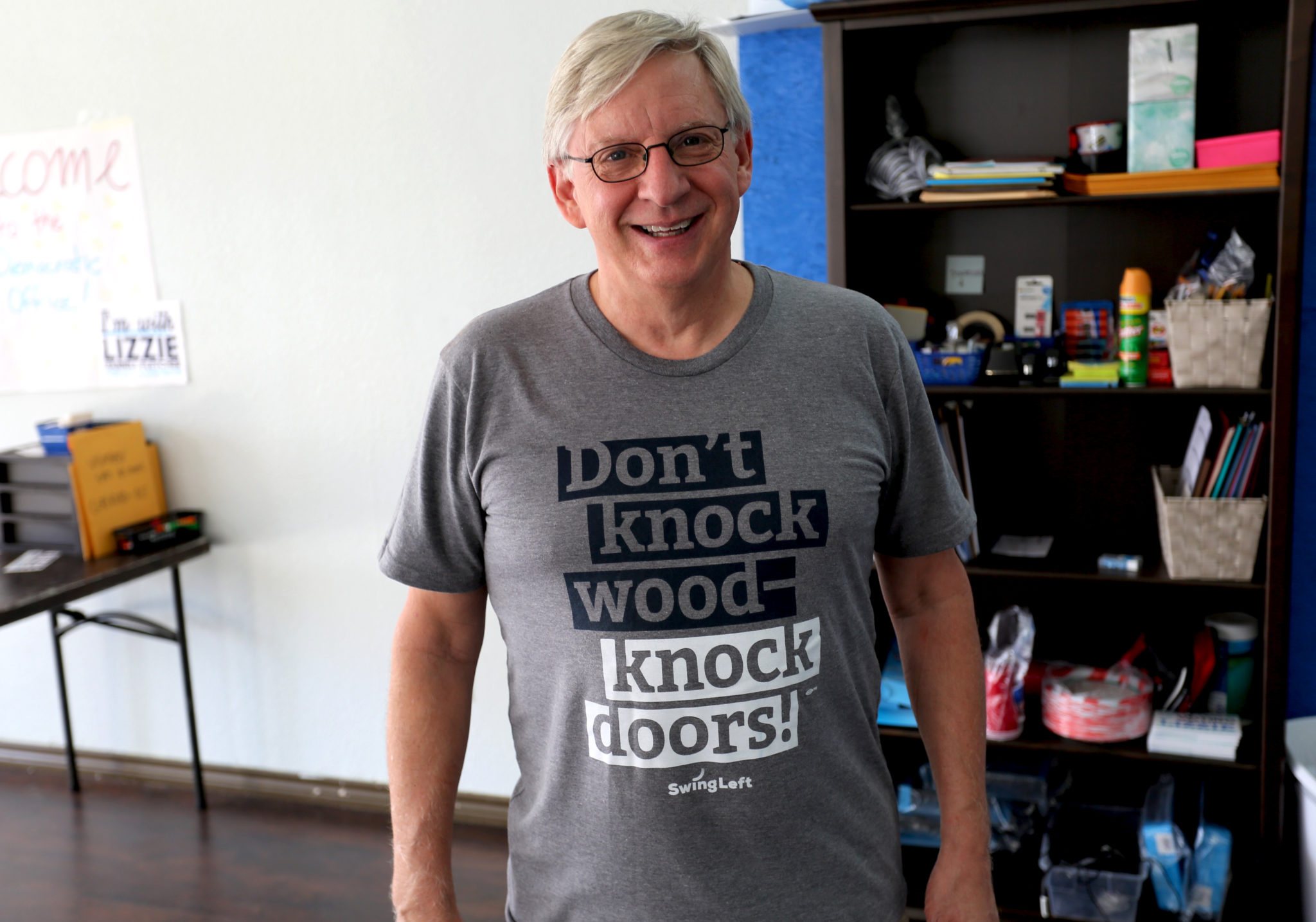
Swing TX-7 Left’s leaders prided themselves on their independence, their spirit of experimentation and their firm commitment to building something that will last beyond one campaign. But they had to remind themselves of the ultimate objective. “If our goal is to flip this seat, then we have to keep going back to, ‘Is what we’re doing going to do that?’” Shukla said.
Fletcher’s team says it’s always been confident in the strength of their own team and strategy. They had, after all, won the runoff by a 2-to-1 margin.
“There’s no monopoly of good ideas and there’s never a lack of need for help,” said Erin Mincberg, Fletcher’s campaign manager. She says the local Swing Left’s focus on unregistered and low-propensity Democrats has been critical for the campaign and acknowledges that it’s been a learning experience for both sides. “Ultimately, we have the same goal. While everyone may not agree how we get there, we’ve been able to find common ground.”
At the campaign’s request, Swing TX-7 Left now organizes multiple carpools each day, sending its bounty of volunteers from West University Place and surrounding areas out to canvass for Fletcher at a Democratic field office in north Katy. That was the first campaign satellite outside of Houston’s inner loop and it opened in late September. Swing Left had identified the area as a hot precinct and started canvassing it months before that.
–
These days, it’s hard to find a flat surface in Shukla’s home that isn’t littered with lawn signs, fliers and mailers. It’s a makeshift volunteer headquarters. When I visit her home during the first week of early voting, a Swing Left organizer has taken over her living room table and is cold calling a list of potential volunteers.
The Swing TX-7 Left Facebook group has more than 700 members and has become a central tool for organizing block walks and talking strategy. Shukla now has more than 500 Facebook friends and has become a well-known and respected figure in the Harris County activism scene.
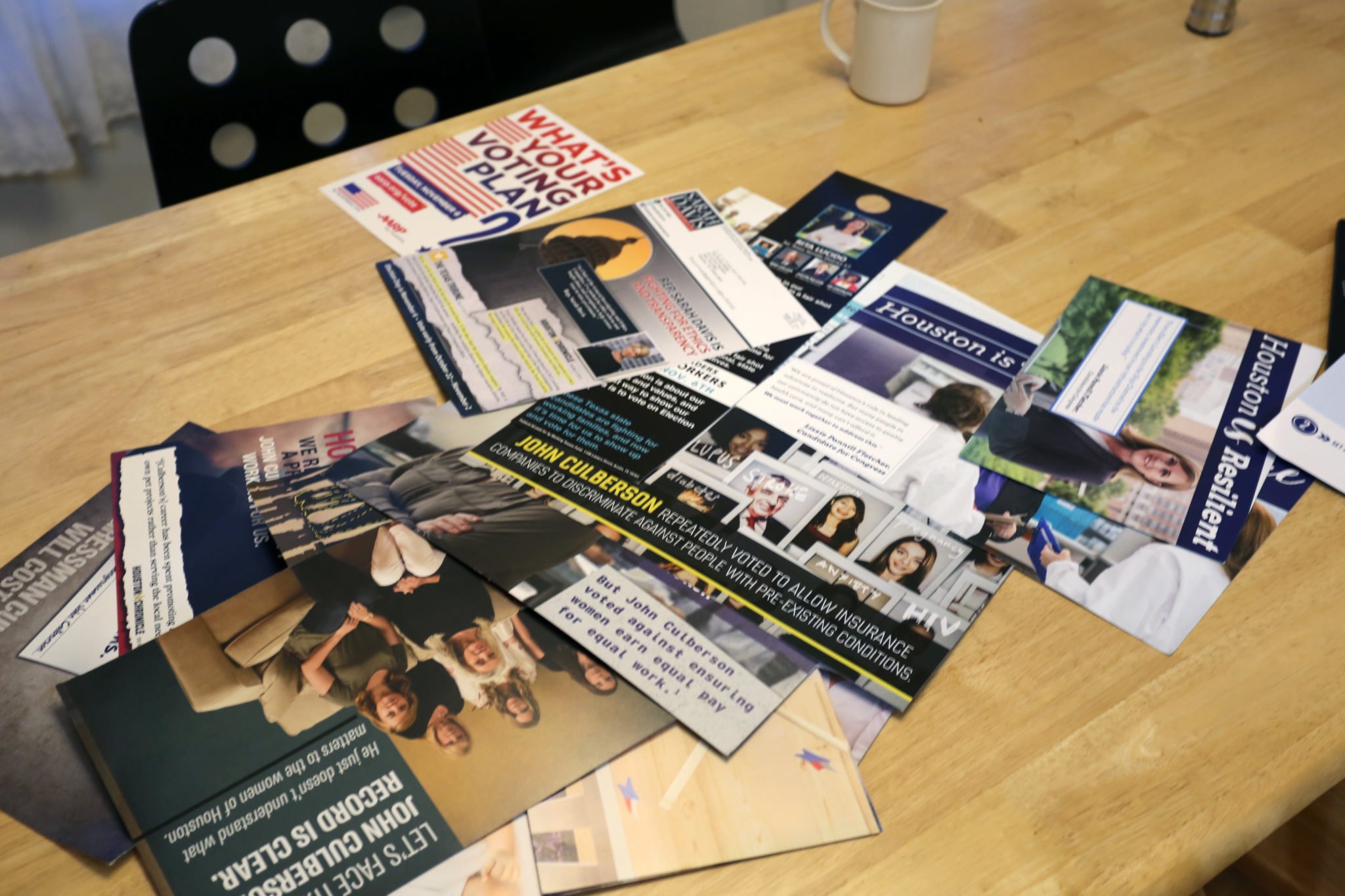
Swing Left’s embed into the Fletcher campaign is running more smoothly now. But that doesn’t mean they’ve sacrificed the soul of their original endeavor. She’s spent much of this week canvassing apartment complexes and is helping organize a massive block walk in a heavily Latino precinct with tons of apartments in Sharpstown this weekend.
Trump’s election has forever changed Shukla — and countless women like her. “No matter what happens, I want to be able to say I did what I could,” Shukla explained. “That mission is accomplished.”
And what if Fletcher doesn’t swing the 7th to the left? “I don’t know,” she said, pausing. “It depends on how they lose. … If it’s not close now, then it’s not happening here. Not anytime soon.”
Top photo: From left to right, Jay Taylor, Rebecca Weisz Shukla and Jane Lesnick at the Texas Democratic Party field office in Katy before an October block-walk launch.


